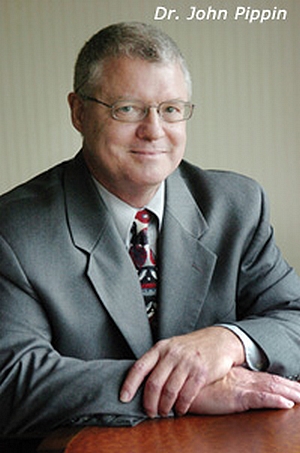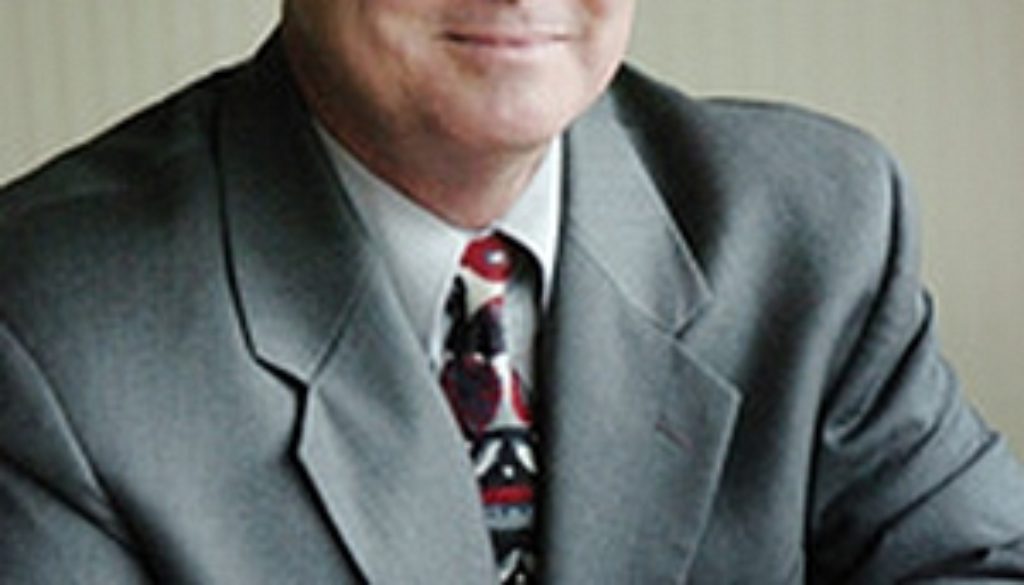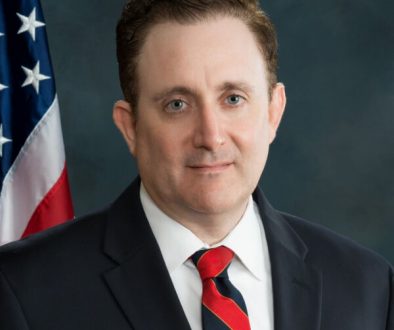John Pippin on heart research
A highly respected cardiologist, by October 2004 Dr Pippin had become an outspoken opponent of vivisection and an advocate for alternative research methods, He was also founding director of cardiovascular medicine and medical imaging at the Cooper Clinic. Clinic founder and president Dr. Kenneth Cooper gave him an ultimatum: stop his public opposition to animal research or leave the clinic.
 Dr. Pippin is the author or co-author of more than 60 articles and abstracts that have been published in leading medical journals. He also has served as an invited speaker and panelist for the NIH National Human Subjects Protection Workshop, the American College of Cardiology, and the Society of Nuclear Medicine.
Dr. Pippin is the author or co-author of more than 60 articles and abstracts that have been published in leading medical journals. He also has served as an invited speaker and panelist for the NIH National Human Subjects Protection Workshop, the American College of Cardiology, and the Society of Nuclear Medicine.
Dr. Pippin is board certified in internal medicine and cardiovascular diseases. He has been on several medical school faculties, including Harvard Medical School and the Medical College of Virginia, where he was chosen Cardiology Professor of the Year three times. He has held many clinical, research, and administrative leadership positions, and was the director of cardiovascular medicine and medical imaging at Cooper Clinic in Dallas before joining PCRM in 2005. Dr. Pippin is the author or co-author of more than 60 articles and abstracts that have been published in leading medical journals. He also has served as an invited speaker and panelist for the NIH National Human Subjects Protection Workshop, the American College of Cardiology, and the Society of Nuclear Medicine.
Antidote Eurpe (AE): Dr Pippin, you are currently the senior medical and research adviser for the Physicians Committee for Responsible Medicine (PCRM), a US organization of physicians, scientists, and laypersons that promotes preventive medicine, especially good nutrition, and addresses controversies in modern medicine, including ethical and scientific issues in education and research. But you are also an accomplished heart specialist in the areas of research and clinical practice. Can you briefly describe for our readers what were the pivotal events that led to your career change?
John J. Pippin (JJP): As I look back I see two epiphanies separated by 17 years. My first awakening in 1987 was both scientific and ethical. I was at that time performing research using dogs to study cardiac imaging methods, and I believed that such research was essential for progress against human diseases. But I discovered that my research served my career and professional prestige interests without contributing importantly to human medicine. Then I looked around at the research of my colleagues, and further at the research in various areas of medicine, and I saw the same thing.
This realization caused me to look more closely at the ethical question. My own dogs were my family, yet here I was cutting up other dogs for – well, for what? As the fraud of vivisection became clear to me, I could no longer look at my dogs without realizing the hypocrisy of my career. And I came to the conclusion that there is no ethical justification for vivisection regardless of any proposed or postulated benefits for humans, simply because sentient creatures must have at least the right to be free from intentional abuse, pain, emotional suffering, and death imposed by humans.
My second awakening came in October 2004, when I was faced with a serious dilemma. I was an outspoken opponent of vivisection and an advocate for alternative research methods, and this brought me into conflict with the leadership of the Cooper Clinic, where I was the founding director of cardiovascular medicine and medical imaging. Clinic founder and president Dr. Kenneth Cooper gave me an ultimatum: stop my public opposition to animal research or leave the clinic.
It was as if a light switched on. I realized that I could do more good by expanding my commitment to all animals, and not just providing care for people. I left Dr. Cooper’s office without a job, but with a mission. Shortly thereafter I joined PCRM as a consultant, and later became director of campaigns addressing the use of animals in research, drug testing, and education. I have never regretted the decision to put medicine aside to pursue this greater goal.
AE: Often, our very best spokespeople are scientists like yourself, who have undergone a ‘perceptual awakening’ and have had the courage to admit that their animal work was a sham. In your opinion, what needs to happen before we attain a sufficient ‘critical mass’ of similar minded scientists for the edifice of bad science to collapse?
JJP: I don’t think animal replacement will happen from the inside out, that is through change implemented by animal researchers themselves. Strong self-interests and peer influence effectively prevent vivisectors from thinking or acting outside the animal research paradigm.You really can’t be a member of the “club” unless you subscribe to the credo, and it is career-killing to take the other side. I have been publicly and privately smeared, yelled and cursed at, and called a traitor and worse by animal researchers because I broke the unspoken pledge. I don’t care what vivisectors think or say about me, but for those who aspire to research careers this can be very intimidating.
But this doesn’t mean we won’t win. On the contrary, I think the way we will win is that exposure of the scientific and practical failings of animal experimentation, the development of a comprehensive human-centered approach to medical research, and public awareness of both of these areas will lead to gradual replacement of animals in medical research. This is already happening in medical education, product testing, and drug development, and it is at an earlier stage for medical research.
AE: Education is crucial. Could you tell us something of your work with PCRM to replace the use of animals in US medical schools?
JJP: This is an area of success that not only saves animals and improves medical education, but also helps change the landscape so we have more fertile ground to address animal replacement in medical research. A quarter century ago live animal labs were ubiquitous in U.S. medical schools: 107 medical schools used them. By 1996 the number had declined to 77, and as the areas of medical simulation and human-based curriculum change advanced this number fell to 40 in 2001.
Today the number of U.S. medical schools with live animal labs is only eight, at the same time that the number of schools has increased to 154. Perhaps most encouraging is the fact that all nine new medical schools opening from 2007 through 2009 have established animal-free curricula from inception. Clearly the current standard of excellence in medical education does not include the use of animals, and it is inevitable that the weight of progress and scrutiny will eliminate the use of live animals in medical student education. That will be a proud day, but it will be just one step toward much greater progress.
AE: In 2005, you testified before the US Food and Drug Administration and the Institute of Medicine on how misleading animal experimental results contributed to the approval of the anti-arthritis drug, Vioxx. Could you give us an insight into your testimony?
JJP: The experiences were hopeful because these were forums for increasing awareness of the role of misleading animal testing in the drug safety crisis. But they were also discouraging because there was not one other speaker at these hearings who addressed that issue, and because the responses of the FDA and IOM panels may best be described as polite disinterest.
We were able to point out that Vioxx was only the latest and most dramatic example of the connection between animal testing and bad drug approval decisions. Vioxx was safe and effective in at least eight studies in six animal species and strains, and was even cardioprotective in some studies. Yet the drug killed at least 60,000 Americans (more than died in the Vietnam War), and an estimated 140,000 patients worldwide.
Reliance on inaccurate animal testing cuts both ways: it contributes to acceptance of bad drugs and prevents acceptance of good drugs. At the time of my testimonies the animal testing issue was ignored by both the FDA and the IOM, but since then there have been several important reports that have led to efforts at the highest levels to identify and implement human-based replacements for animal testing of drugs and chemicals. Advocacy organizations will probably never receive credit for moving this along, but without them this would not have happened for many years, if ever.
This is a good place to add that in the areas of animal replacement in education and drug testing the UK and the EU are far ahead of the US. In my view, it is shameful that scientific, regulatory, and business arrogance and intransigence have prevented the US from learning and advancing in step with our European colleagues.
AE: What thoughts not covered in this interview would you like to share with our readers in your closing remarks?
JJP: I think the most important message is that we are going to win – scientific progress and change are inevitable. Although we want to see this occur much more rapidly, it is very encouraging to see the changes in attitudes and actions over just the past several years. Animal use issues that were scorned only years ago are now not only on the table, they are supported by some who formerly stood against us. Acceptance of the principles of replacement of animals for medical, educational, drug development, and product testing purposes has advanced among media, the public, educators, regulators, and even scientists.
Some day we will look back on this era of unscientific and inhumane animal testing and experimentation, and we will wonder what we could have been thinking. I am selfish enough to hope I live to see that day.
AE: We thank you very much for your time and wish you and PCRM every success in your excellent work.




